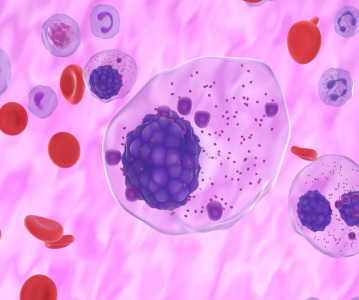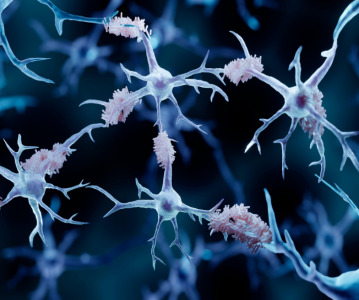University of Toronto Collaborates with Janssen and J & J Innovation?

The University of Toronto has announced a new strategic open innovation collaboration with Janssen Inc. facilitated by the Johnson & Johnson Innovation center of California that will support research through the Collaborative Center for Drug Research (CCDR). The 3-year agreement will help identify and validate new therapeutic targets that could advance clinical treatment for major brain disorders, including mood disorders and Alzheimer’s disease.
"This is an important opportunity to enhance discovery of new therapeutics targeted at mental health and neurodegenerative disorders," said Professor Catharine Whiteside, Dean of the Faculty of Medicine. She noted that conditions such as dementia and depression are on the rise worldwide affecting hundreds of millions. “We must make inroads in tackling these health challenges through innovation and strategic collaboration.”
This partnership is intended to enhance the spirit of discovery and exploration in the field of neuroscience and mental health. Under the terms of the agreement, the CCDR will issue three calls for proposals over 3 years. Collaborative and open-source research projects will be solicited from researchers at U of T and its affiliated hospitals through the Toronto Academic Health Science Network. Scientists from Janssen will work with U of T researchers to provide the drug discovery expertise required to rapidly develop new medicines from basic science innovations.
“The potential for tremendous gains in human health can be found in working together in an open innovation partnership,” said Professor Peter Lewis, U of T’s interim vice-president, research and innovation. “Janssen’s support of open discovery furthers U of T’s research goals, while identifying new therapeutic options that can provide new treatment options for patients.”
Related News
-
News BioNTech to begin mRNA vaccine manufacturing in Rwanda by 2025
German biotechnology company BioNTech has stated their intentions to begin production at their mRNA vaccine factory in Rwanda by 2025, which will mark the first foreign mRNA vaccine manufacturing site on the continent of Africa. -
News Identifying Alzheimer’s Disease biomarker proteins with whole blood tests
A University of Manchester spin-out pharmaceutical company, PharmaKure, has reported successful study results for the quantification of Alzheimer’s Disease biomarker proteins with a whole blood test. -
News Bill & Melinda Gates Foundation to boost mRNA vaccine initiatives in Africa with USD $40m
To address vaccine inequality and accessibility issues, the Bill & Melinda Gates Foundation aims to deliver USD $40m to various biotech companies and vaccine manufacturers in support of mRNA vaccine development. -
News CPHI Podcast Series: Exploring neurological frontiers in Alzheimer's and beyond
The next episode of the CPHI Podcast Series delves into the science and background behind some recent developments in the field of Alzheimer's disease and neurological disorders. -
News Is patient centricity the future of pharmaceutical manufacturing?
In this interview with Sandra Sánchez y Oldenhage, President of PharmAdvice, she speaks to the importance of considering patients in the manufacturing stages of the pharmaceutical supply chain, and how it can redefine healthcare. -
News CPHI Podcast Series: How to leverage AI for Drug Discovery
Artificial intelligence is the topic of debate in the latest episode from the CPHI Podcast Series, where Digital Editor Lucy Chard speaks with Bill Whitford of DPS Group about the integration of AI in healthcare. -
News Pfizer forges ahead with blood cancer therapy after approval from FDA
Pfizer gains accelerated approval from the US FDA for their new bispecific antibody therapy for multiple myeloma, set to address an unmet need for patients. -
News Alzheimer's drug donanemab deemed effective in landmark clinical trial
Results from the TRAILBLAZER-ALZ 2 Randomised Clinical Trial into the use of donanemab to treat early symptoms of Alzheimer’s disease have been analysed.
Position your company at the heart of the global Pharma industry with a CPHI Online membership
-
Your products and solutions visible to thousands of visitors within the largest Pharma marketplace
-
Generate high-quality, engaged leads for your business, all year round
-
Promote your business as the industry’s thought-leader by hosting your reports, brochures and videos within your profile
-
Your company’s profile boosted at all participating CPHI events
-
An easy-to-use platform with a detailed dashboard showing your leads and performance







